Home>Gardening & Outdoor>Landscaping Ideas>How Many Calories In Grass-Fed Ground Beef
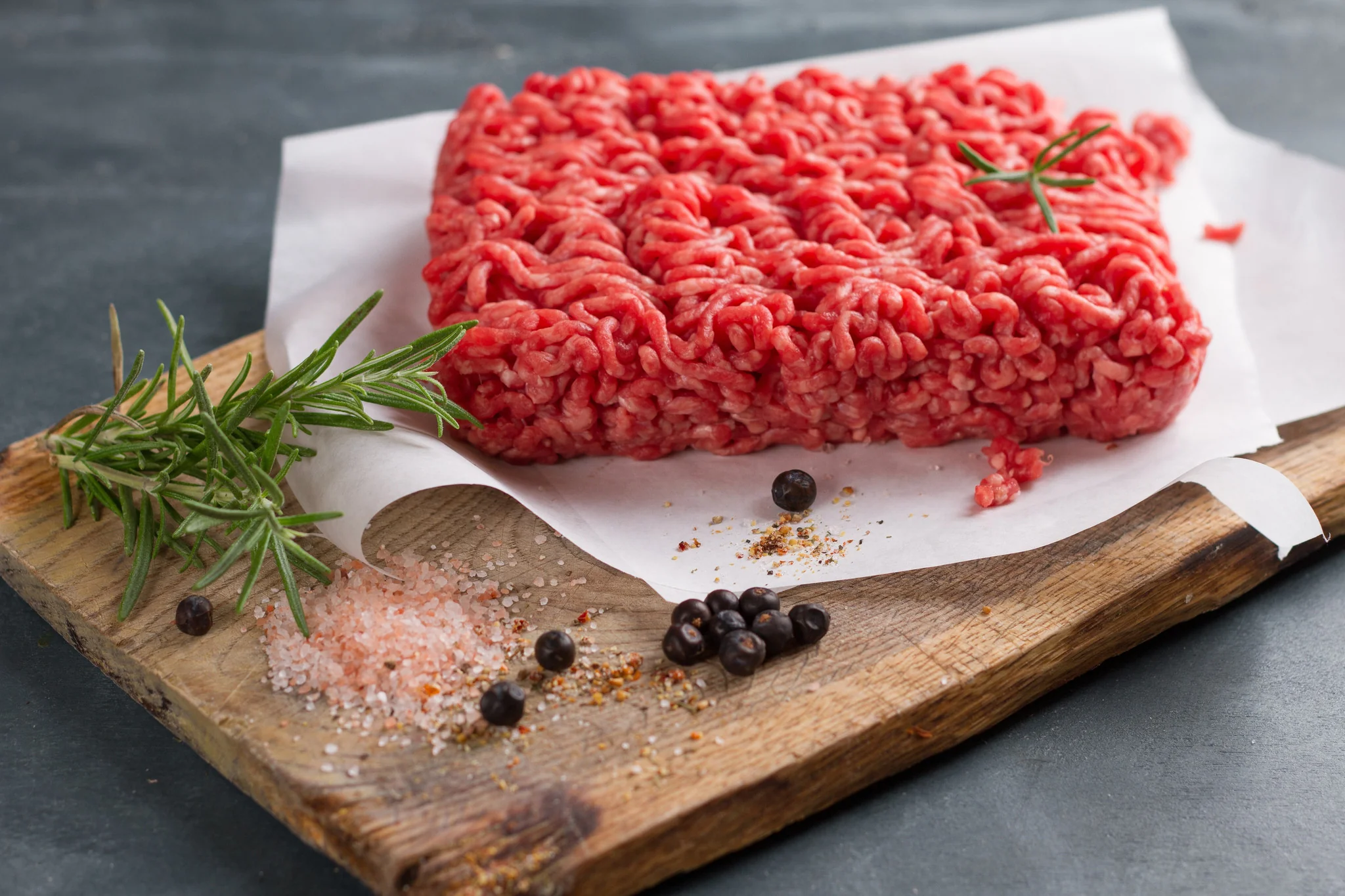

Landscaping Ideas
How Many Calories In Grass-Fed Ground Beef
Modified: September 2, 2024
Discover the calorie content of grass-fed ground beef and get expert landscaping ideas to enhance your outdoor space. Achieve your health and landscaping goals today!
(Many of the links in this article redirect to a specific reviewed product. Your purchase of these products through affiliate links helps to generate commission for Storables.com, at no extra cost. Learn more)
**
Introduction
**
Grass-fed ground beef has become a popular choice for health-conscious consumers and culinary enthusiasts alike. While the nutritional benefits of grass-fed beef are widely acknowledged, understanding the caloric content of this wholesome protein source is essential for individuals seeking to maintain a balanced diet. In this article, we will delve into the caloric composition of grass-fed ground beef, exploring its nutritional profile and comparing it to conventional ground beef. Additionally, we will examine the factors that influence the caloric content of grass-fed ground beef, providing valuable insights for those looking to make informed dietary choices. Whether you're a fitness enthusiast, a mindful eater, or simply someone interested in the nutritional aspects of grass-fed beef, this article aims to shed light on the caloric considerations associated with this wholesome and flavorful protein source.
**
Key Takeaways:
- Grass-fed ground beef is a nutrient-dense protein source with higher omega-3 fatty acids and essential vitamins, making it a delicious and healthy addition to diverse culinary creations.
- Understanding the factors that influence the caloric content of grass-fed ground beef provides valuable insights into its nutritional benefits and supports overall health and vitality.
Read more: How To Cook Grass-Fed Ground Beef
Nutritional Profile of Grass-Fed Ground Beef
**
Grass-fed ground beef is renowned for its impressive nutritional profile, offering a range of essential nutrients that contribute to overall health and well-being. In addition to being an excellent source of high-quality protein, grass-fed ground beef is rich in essential vitamins and minerals that play vital roles in various bodily functions.
One of the standout features of grass-fed ground beef is its superior omega-3 fatty acid content compared to conventionally raised beef. Omega-3 fatty acids are renowned for their anti-inflammatory properties and their role in promoting heart health. Grass-fed beef also contains higher levels of conjugated linoleic acid (CLA), a type of beneficial fatty acid that has been associated with potential health benefits, including improved body composition and reduced risk of certain diseases.
Furthermore, grass-fed ground beef is a good source of essential nutrients such as iron, zinc, and B vitamins, including B12 and niacin. Iron is crucial for the formation of red blood cells and the transport of oxygen throughout the body, while zinc plays a key role in immune function, wound healing, and DNA synthesis. B vitamins are essential for energy production, brain function, and the maintenance of healthy skin and hair.
When it comes to caloric content, grass-fed ground beef provides a nutrient-dense source of energy, with a balanced ratio of protein, healthy fats, and essential micronutrients. Understanding the caloric composition of grass-fed ground beef is vital for individuals looking to manage their energy intake and make informed dietary choices.
Consuming grass-fed ground beef as part of a well-rounded diet can contribute to meeting daily nutritional requirements and supporting overall health and vitality. Whether incorporated into hearty stews, flavorful burgers, or protein-packed meatballs, grass-fed ground beef offers a delicious and nutrient-rich addition to a diverse range of culinary creations.
**
Comparison with Conventional Ground Beef
**
When comparing grass-fed ground beef with its conventional counterpart, several key differences emerge, particularly in terms of nutritional composition and potential health benefits.
One of the primary distinctions between grass-fed and conventional beef lies in their fatty acid profiles. Grass-fed beef is known to have higher levels of beneficial omega-3 fatty acids and CLA, whereas conventional beef tends to contain higher amounts of omega-6 fatty acids. This disparity in fatty acid composition is significant, as it can impact inflammation levels in the body and potentially influence the risk of chronic diseases.
Furthermore, grass-fed beef is often leaner than conventional beef, containing lower overall fat content. This can be advantageous for individuals seeking a lower-calorie protein source or aiming to reduce their saturated fat intake. The leanness of grass-fed beef contributes to its distinct texture and flavor, making it an appealing choice for those looking to enjoy beef in a healthier and more nutrient-dense form.
In terms of micronutrient content, grass-fed beef typically contains higher levels of certain vitamins and minerals, including B vitamins, iron, and zinc. These nutrients are essential for various physiological functions, and their increased presence in grass-fed beef underscores its potential as a valuable dietary component for overall health and well-being.
From an environmental and ethical standpoint, grass-fed beef is often sourced from animals raised on pasture-based systems, promoting sustainable agricultural practices and animal welfare. This emphasis on ethical and environmentally friendly farming practices aligns with the values of many conscientious consumers who prioritize the origins and production methods of the foods they consume.
While both grass-fed and conventional beef can be enjoyed as part of a balanced diet, the distinct nutritional advantages of grass-fed beef, coupled with its potential environmental and ethical benefits, make it a compelling choice for individuals seeking a wholesome and sustainable protein source.
**
When cooking grass-fed ground beef, try using low-fat cooking methods like grilling or broiling to keep the calorie count lower. Avoid adding high-calorie toppings or sauces to keep the dish healthy.
Factors Affecting Caloric Content
**
The caloric content of grass-fed ground beef can be influenced by various factors, each of which plays a role in determining its overall energy density and nutritional composition.
1. Diet and Forage: Grass-fed beef derives its name from the animals’ primary diet, which consists of grass and forage. The composition of the animals’ diet can impact the caloric content of the beef, as well as its fatty acid profile and overall nutrient composition. A diet rich in diverse, nutrient-dense forage can contribute to the development of beef with favorable nutritional attributes, potentially impacting its caloric content in a meaningful way.
2. Animal Breed and Genetics: The breed of cattle and their genetic predisposition can influence the composition of the beef, including its fat content and distribution. Certain breeds may produce beef with a leaner profile, affecting the caloric density of the meat and its suitability for individuals with specific dietary preferences or nutritional requirements.
3. Physical Activity and Muscle Development: The level of physical activity and exercise that cattle engage in can impact their muscle development and overall body composition. Grass-fed cattle, known for their pasture-based lifestyle, may exhibit different muscle characteristics compared to conventionally raised cattle. This can influence the protein and fat content of the beef, consequently affecting its caloric composition.
4. Aging and Processing Methods: The aging and processing methods employed in the production of grass-fed ground beef can impact its moisture content, texture, and overall caloric density. Proper aging techniques and processing practices can contribute to the development of beef with desirable sensory attributes and nutritional qualities, ultimately influencing its caloric content per serving.
5. Environmental and Seasonal Variations: Environmental factors, such as seasonal variations in pasture quality and availability, can impact the nutritional composition of grass-fed beef. Changes in forage quality and quantity throughout the year may influence the energy density and nutrient profile of the beef, reflecting the dynamic relationship between the animals, their diet, and the natural environment.
By considering these factors, individuals can gain a deeper understanding of the multifaceted elements that contribute to the caloric content and nutritional characteristics of grass-fed ground beef. This awareness can inform dietary choices and foster an appreciation for the intricate interplay between agricultural practices, animal welfare, and the nutritional attributes of the foods we consume.
**
Conclusion
**
As we conclude our exploration of the caloric content of grass-fed ground beef, it becomes evident that this wholesome protein source offers a compelling array of nutritional benefits and culinary possibilities. With its superior omega-3 fatty acid content, elevated levels of essential vitamins and minerals, and potential health advantages, grass-fed ground beef stands as a noteworthy addition to a balanced and health-conscious diet.
When comparing grass-fed beef with conventional beef, the distinct nutritional advantages, including higher omega-3 fatty acids, CLA, and essential micronutrients, underscore its potential as a valuable dietary component. Moreover, the emphasis on sustainable agricultural practices and ethical animal welfare aligns with the values of conscientious consumers seeking to make mindful food choices.
Understanding the factors that influence the caloric content of grass-fed ground beef provides valuable insights into the intricate relationship between agricultural practices, animal husbandry, and the nutritional composition of the beef we consume. From diet and forage to animal genetics and processing methods, each factor contributes to the unique caloric density and nutritional profile of grass-fed beef, enriching our appreciation for this wholesome and flavorful protein source.
Whether enjoyed in a nourishing homemade chili, sizzling on the grill as a delectable burger, or incorporated into a savory meatloaf, grass-fed ground beef offers a versatile and nutrient-rich foundation for a diverse range of culinary creations. Its balanced ratio of protein, healthy fats, and essential micronutrients makes it a valuable addition to a well-rounded diet, supporting overall health and vitality.
As we embrace the nutritional richness and culinary versatility of grass-fed ground beef, we are reminded of the interconnectedness of sustainable agriculture, wholesome nutrition, and the art of mindful eating. By savoring the flavors and benefits of grass-fed beef, we not only nourish our bodies but also honor the dedication of farmers and the natural ecosystems that sustainably produce this exceptional protein source.
Incorporating grass-fed ground beef into our culinary repertoire represents a celebration of nourishment, sustainability, and the enduring connection between the food on our plates and the world around us. With its nutritional prowess and culinary allure, grass-fed ground beef invites us to savor each bite while appreciating the profound journey that brings this wholesome protein from pasture to plate.
Frequently Asked Questions about How Many Calories In Grass-Fed Ground Beef
Was this page helpful?
At Storables.com, we guarantee accurate and reliable information. Our content, validated by Expert Board Contributors, is crafted following stringent Editorial Policies. We're committed to providing you with well-researched, expert-backed insights for all your informational needs.

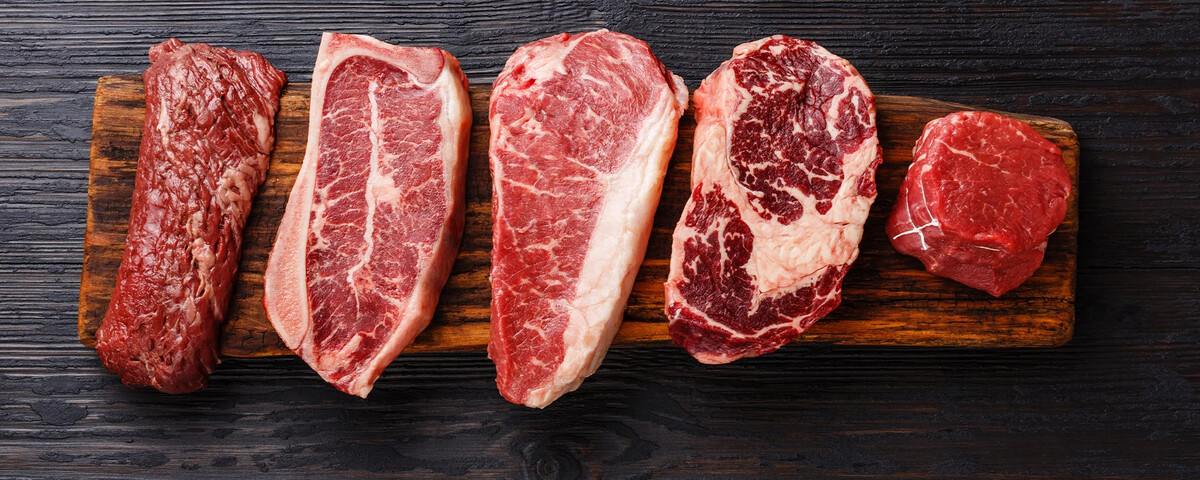
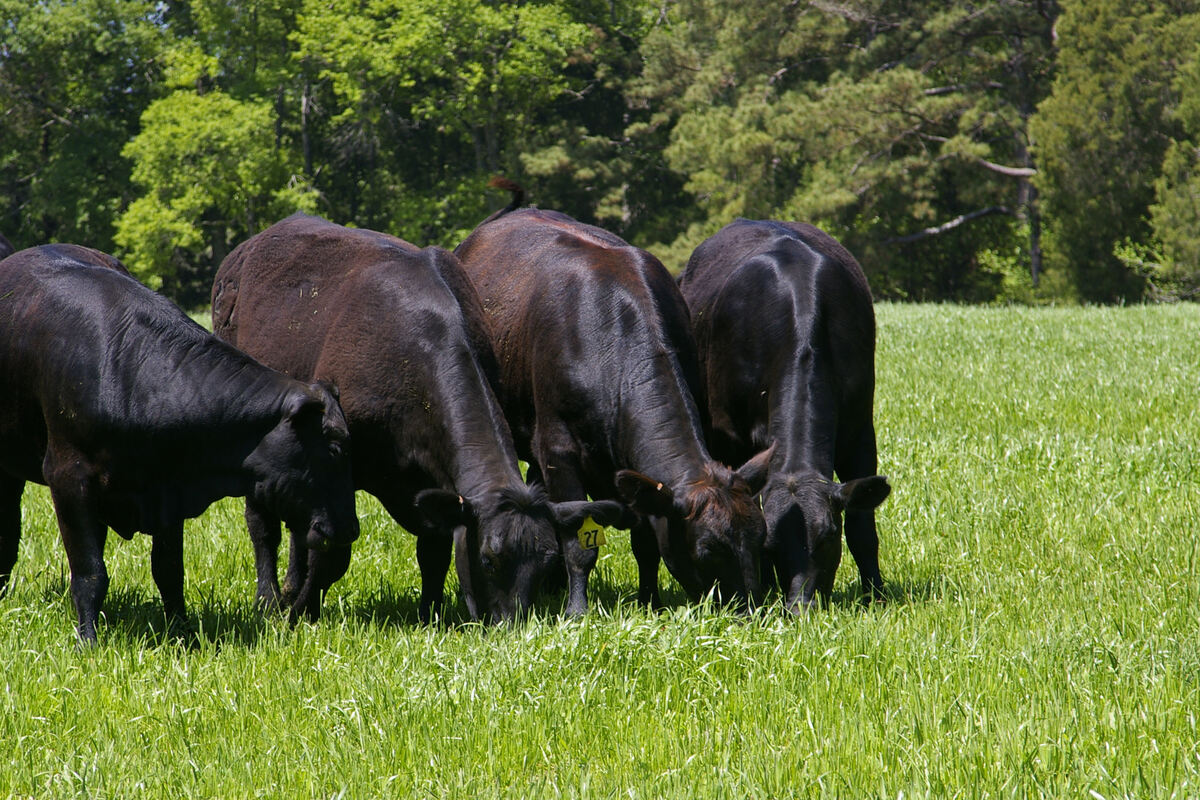
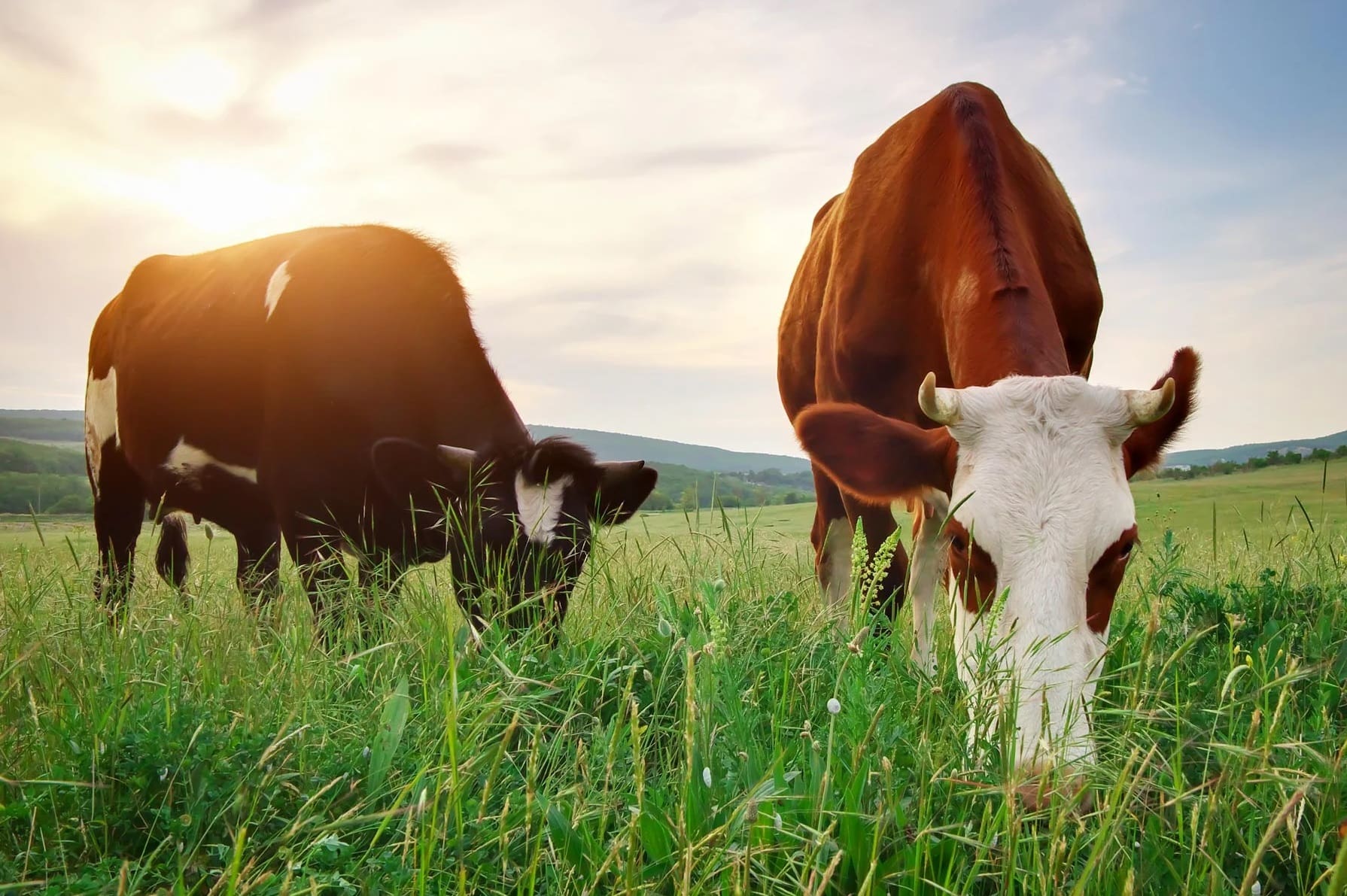
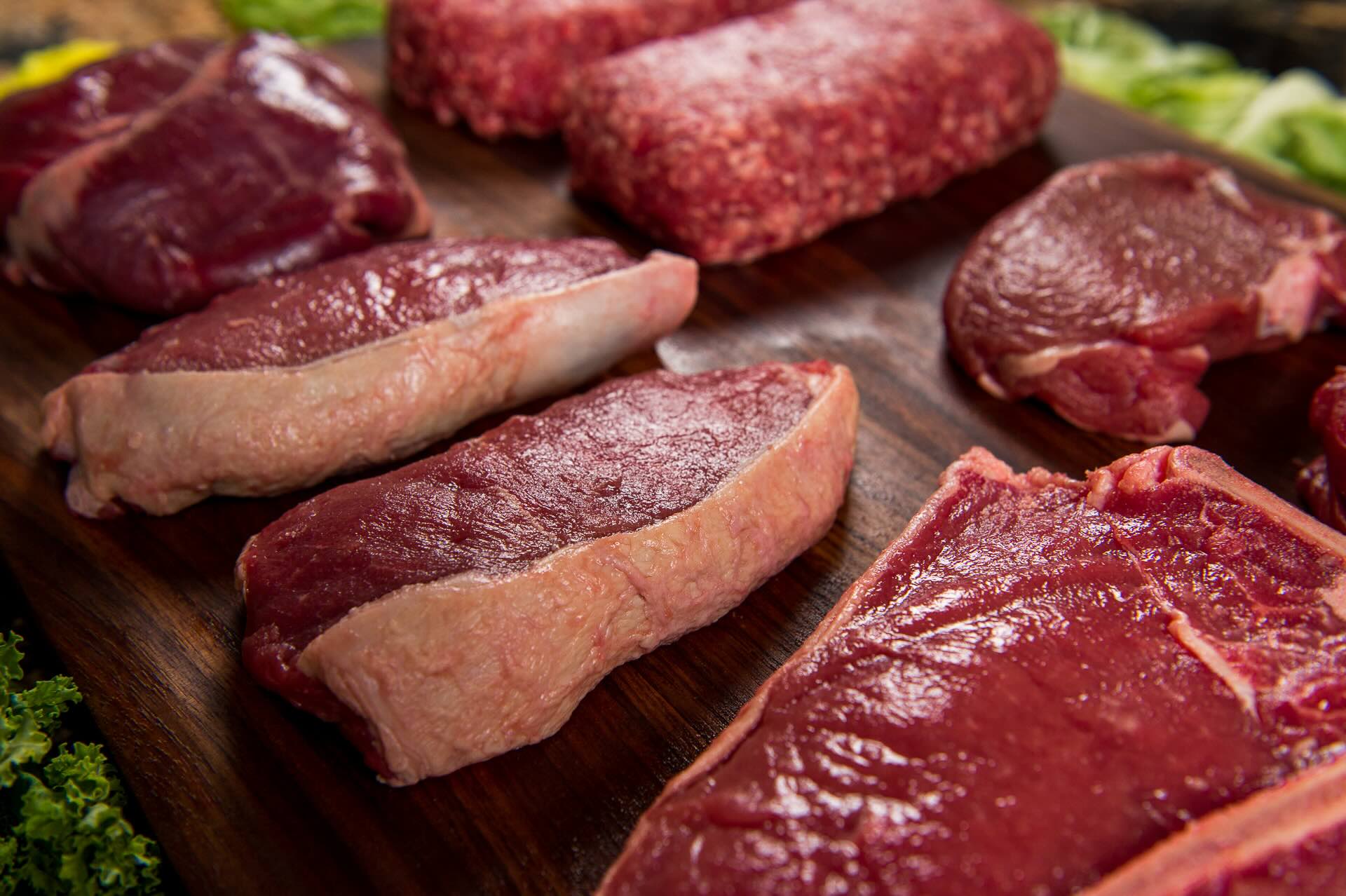
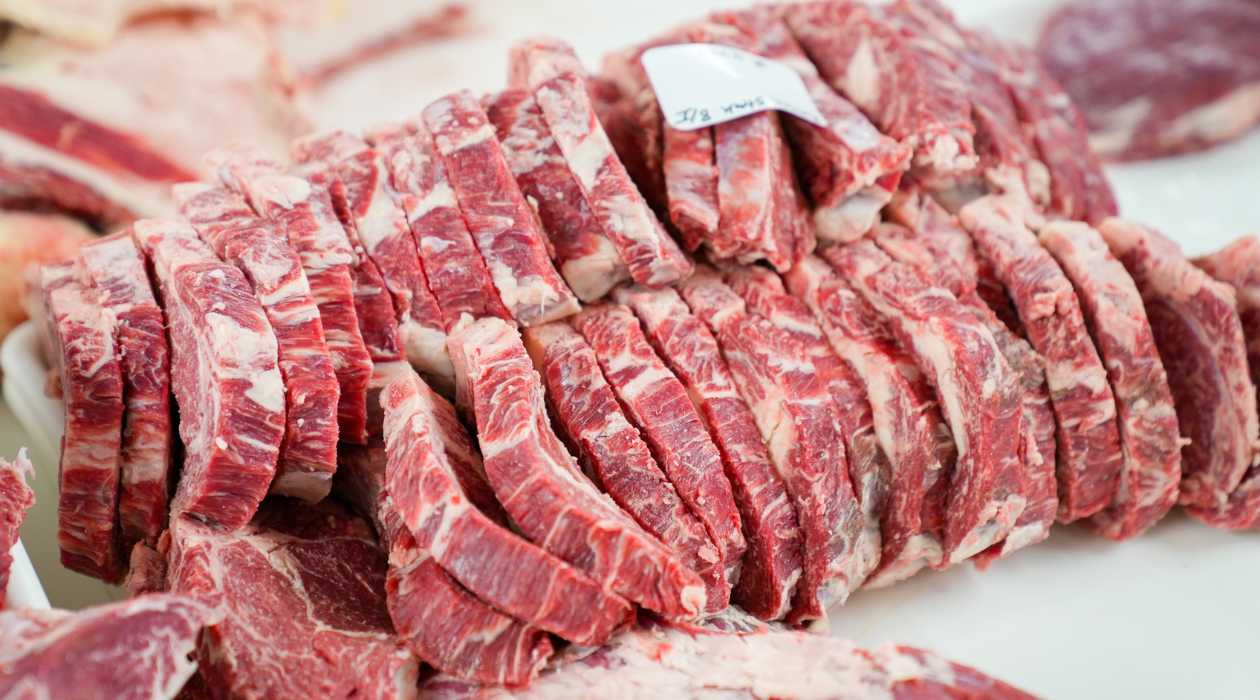
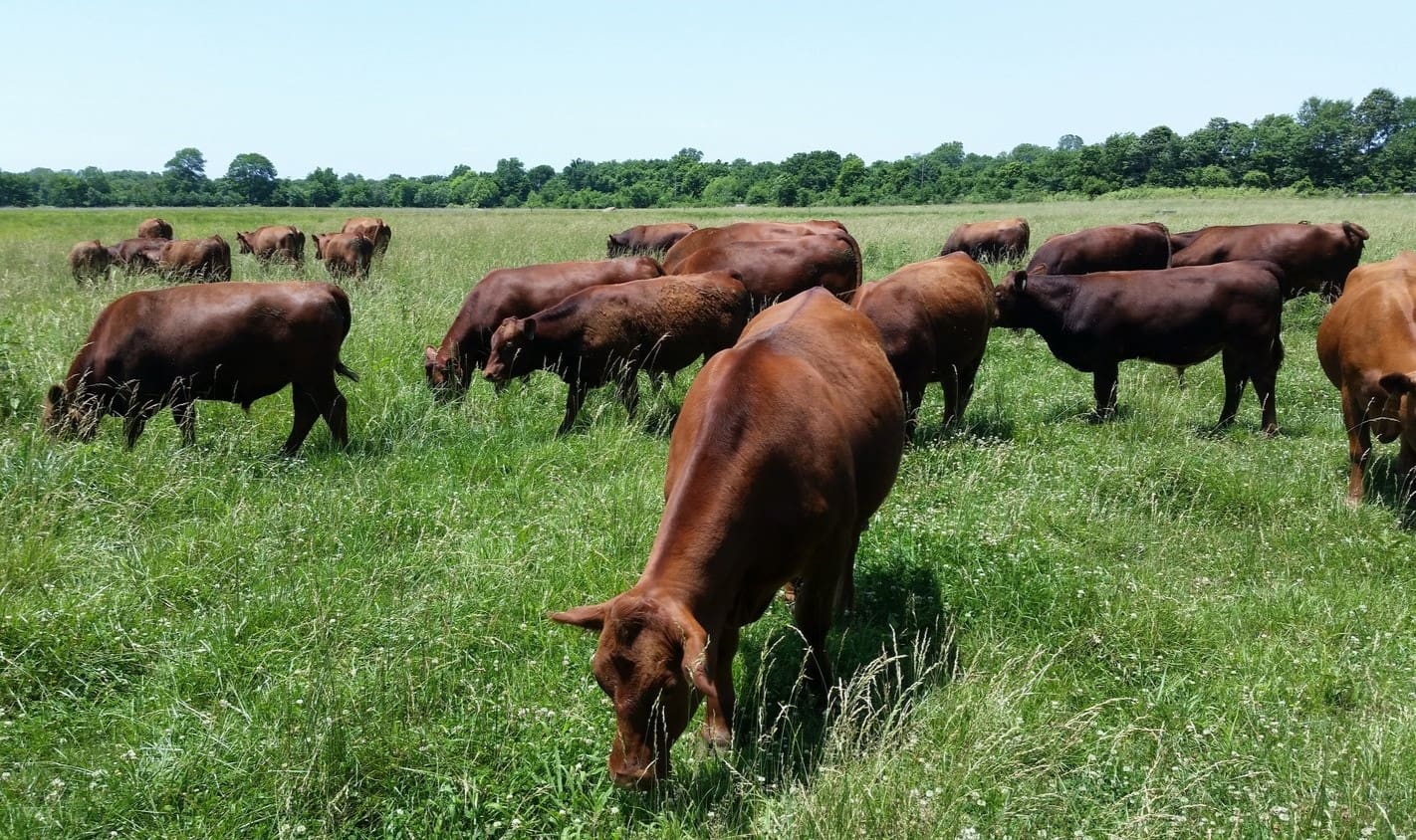
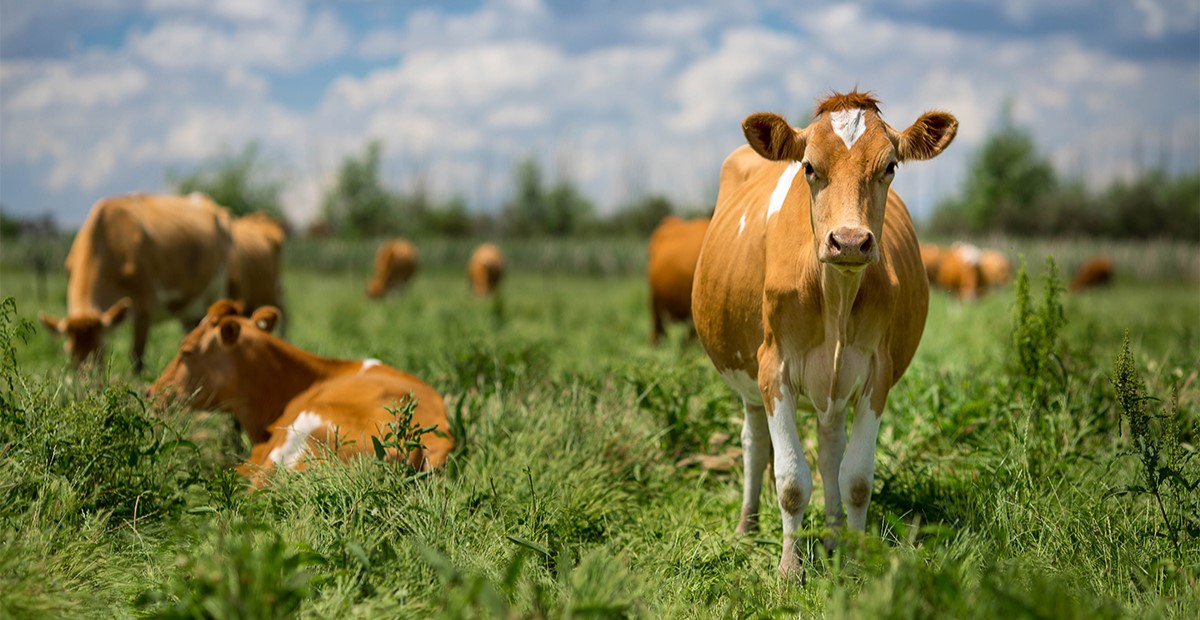
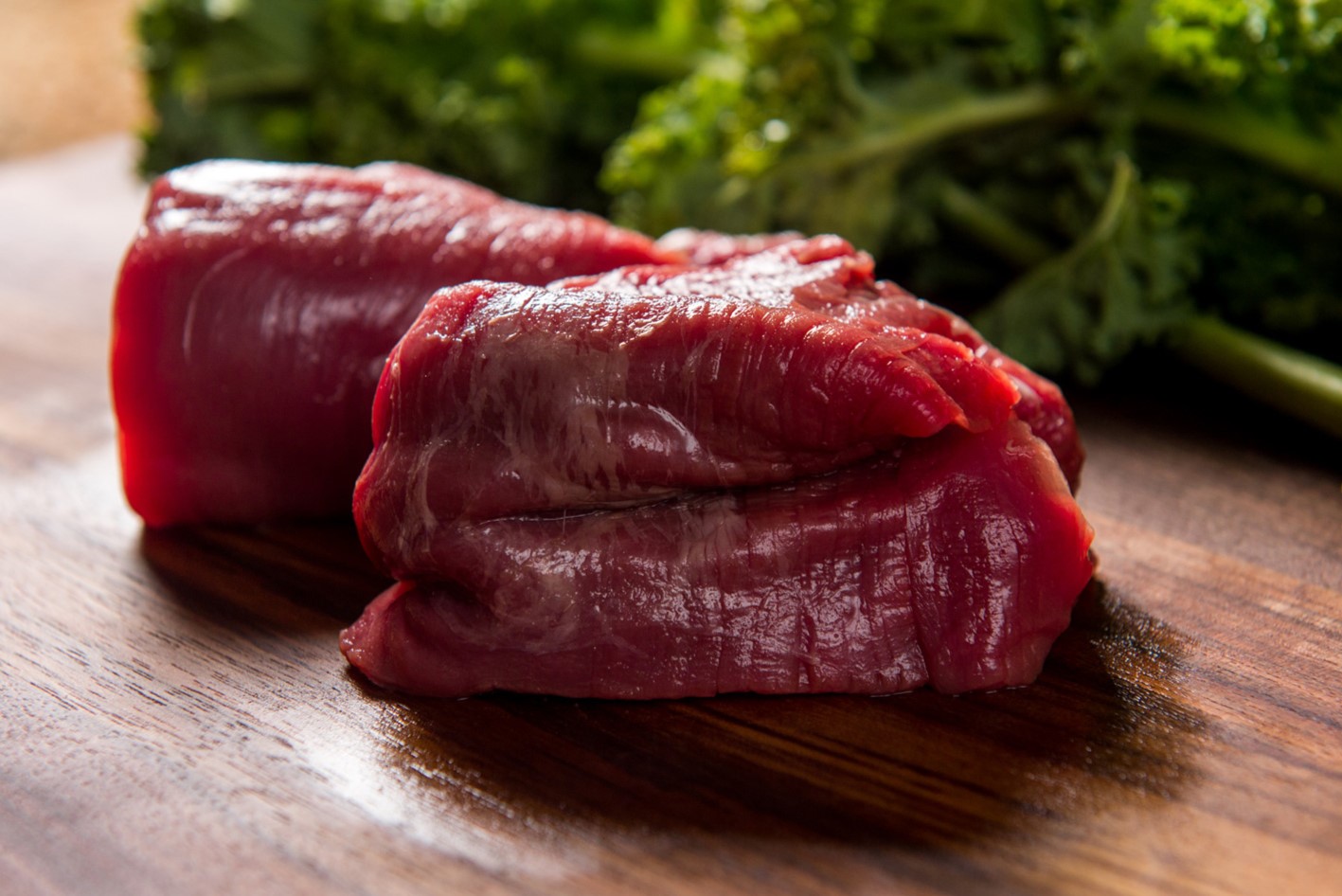
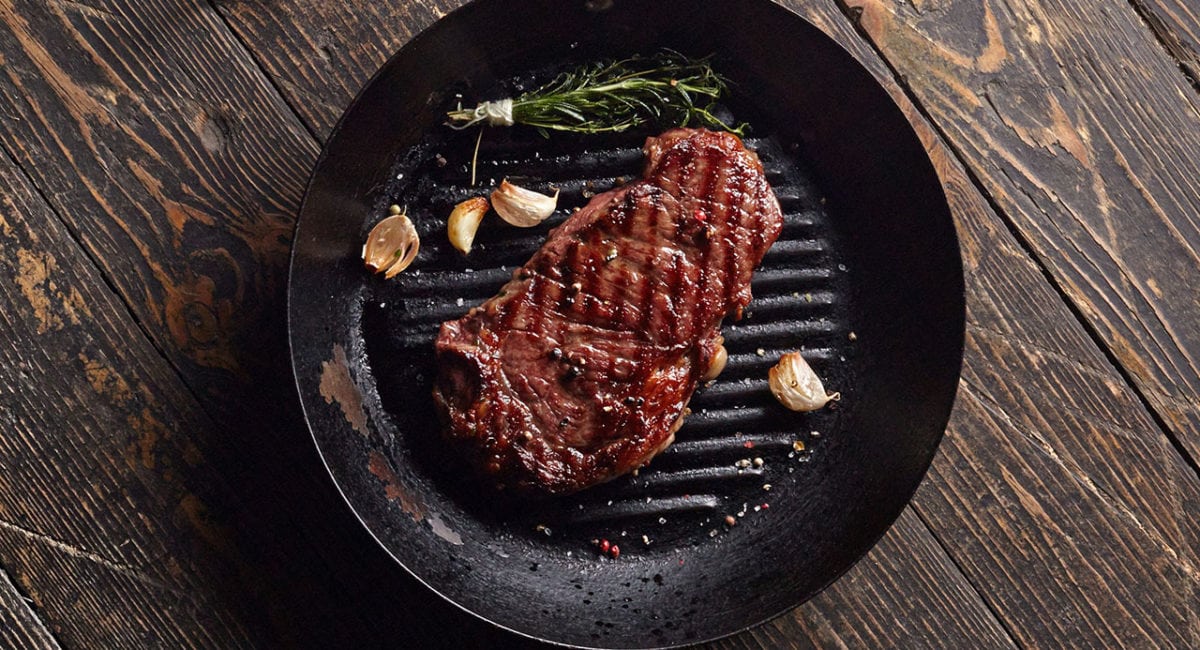
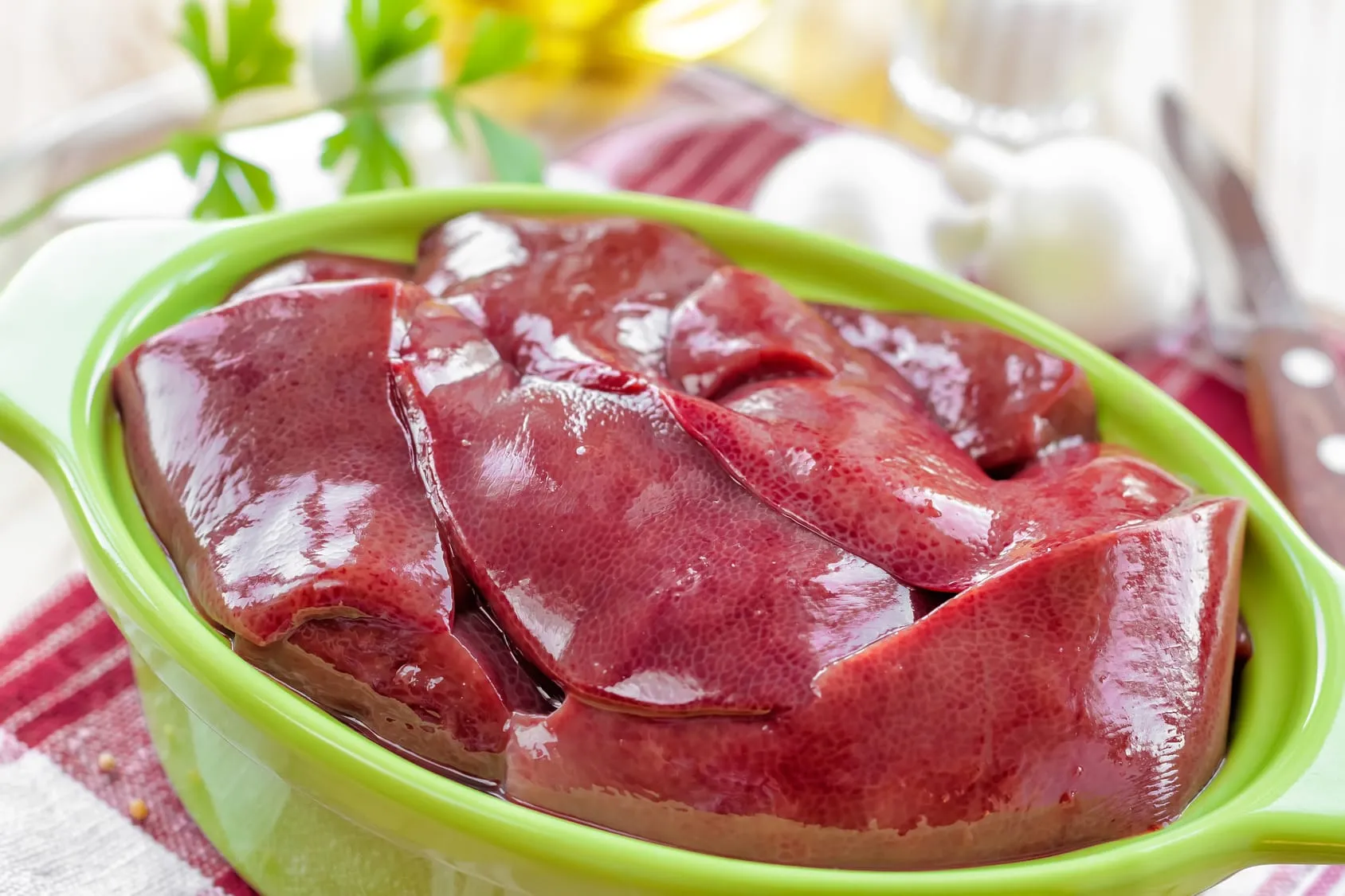
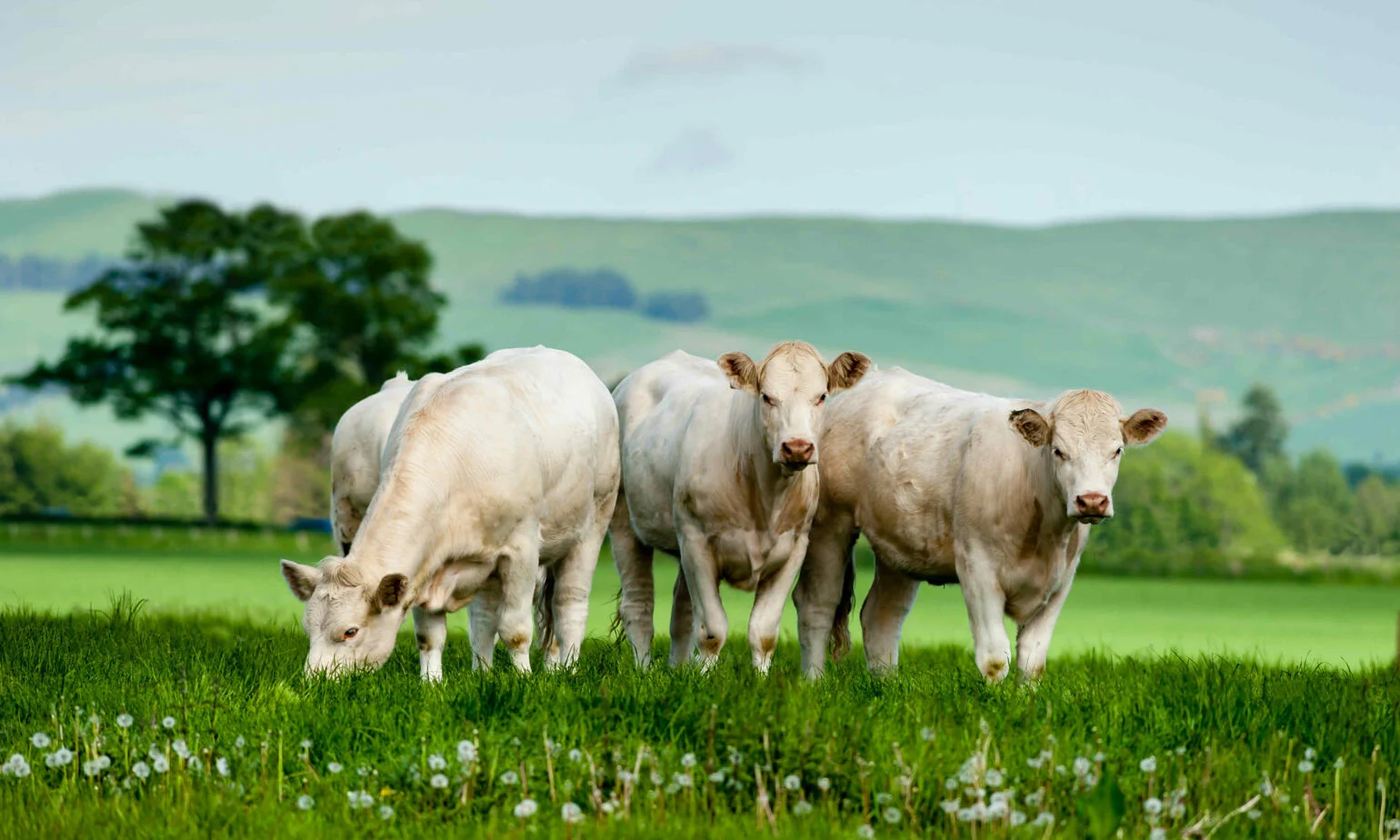
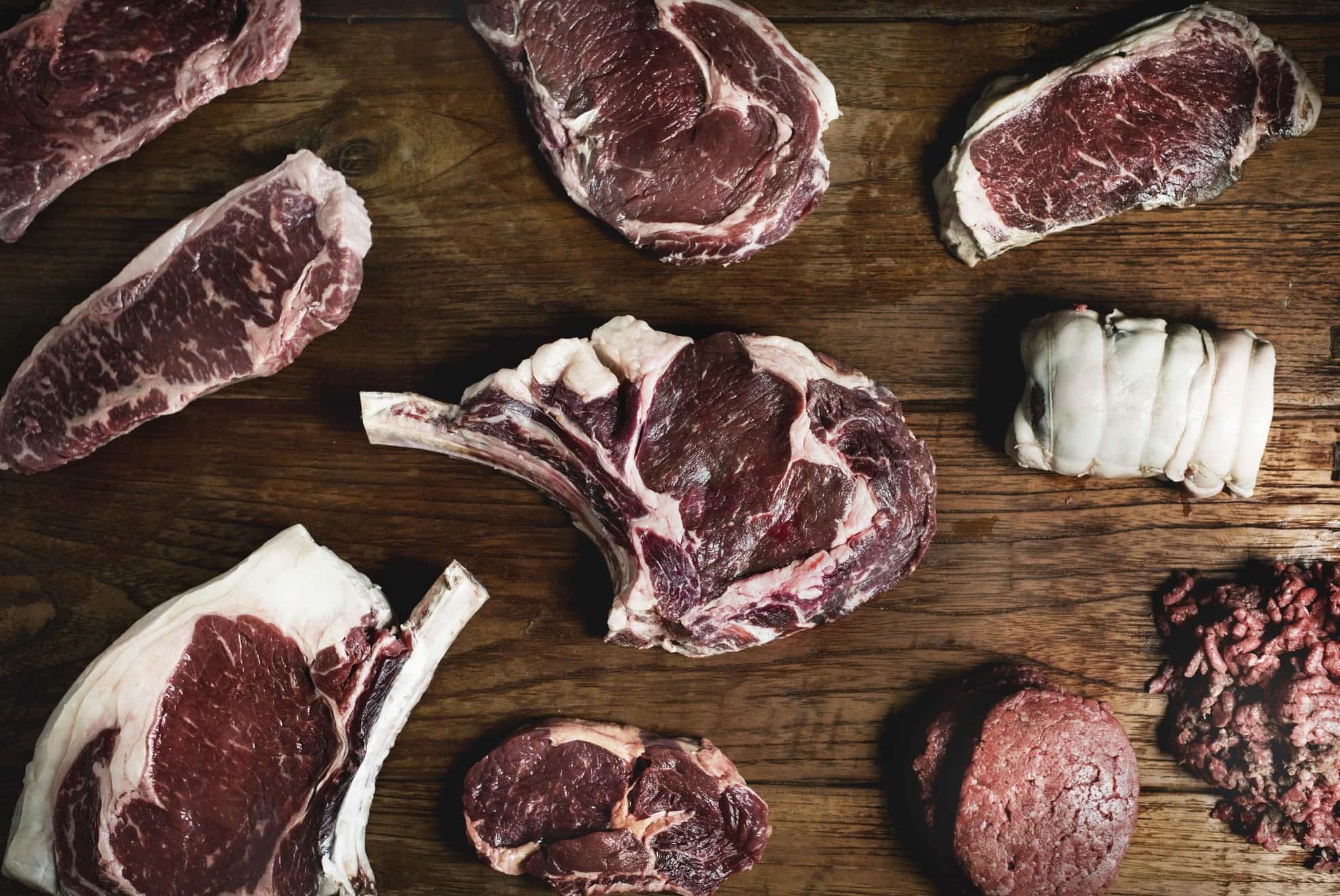
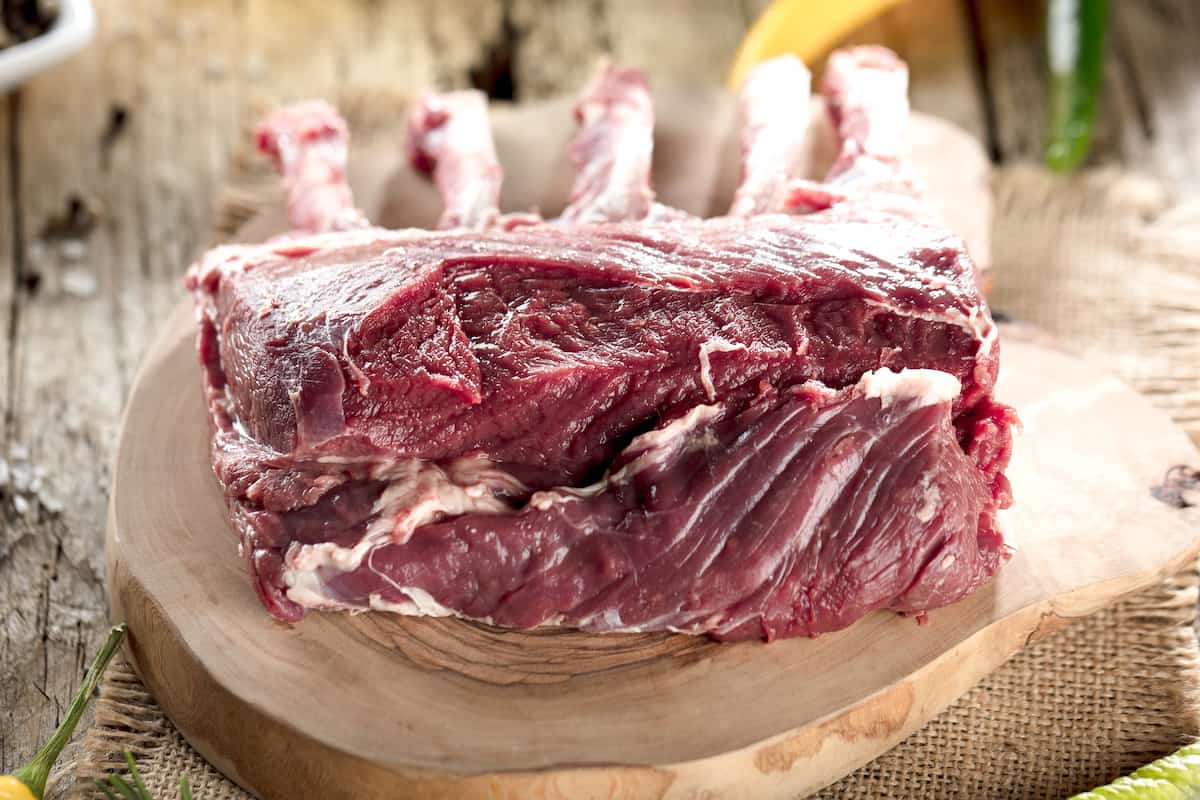


0 thoughts on “How Many Calories In Grass-Fed Ground Beef”